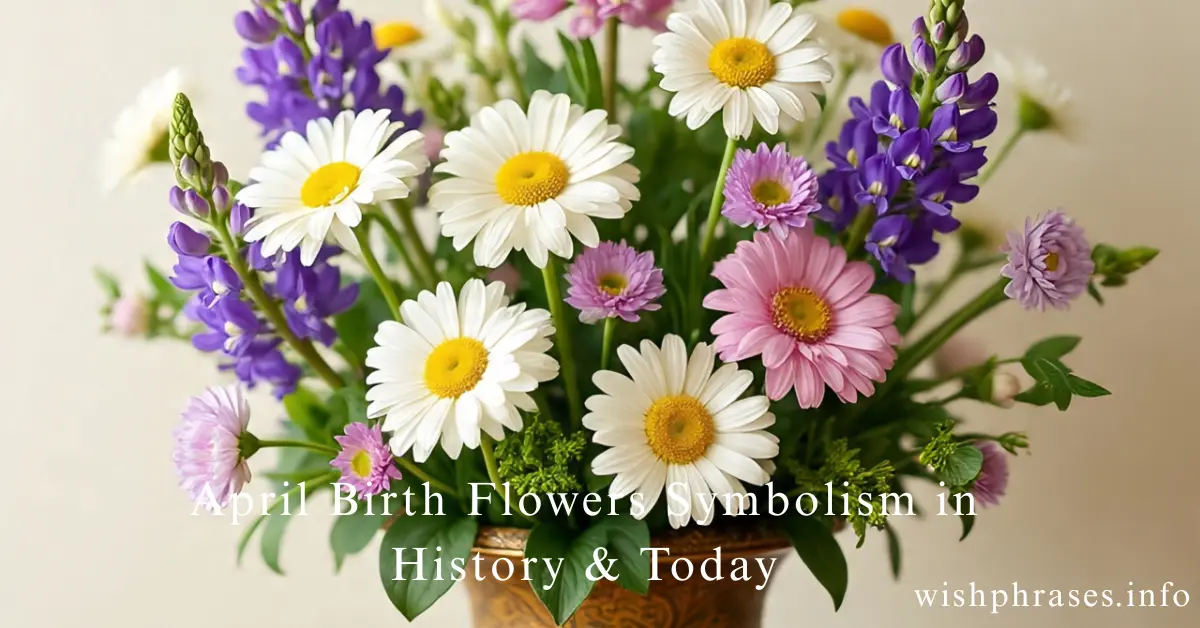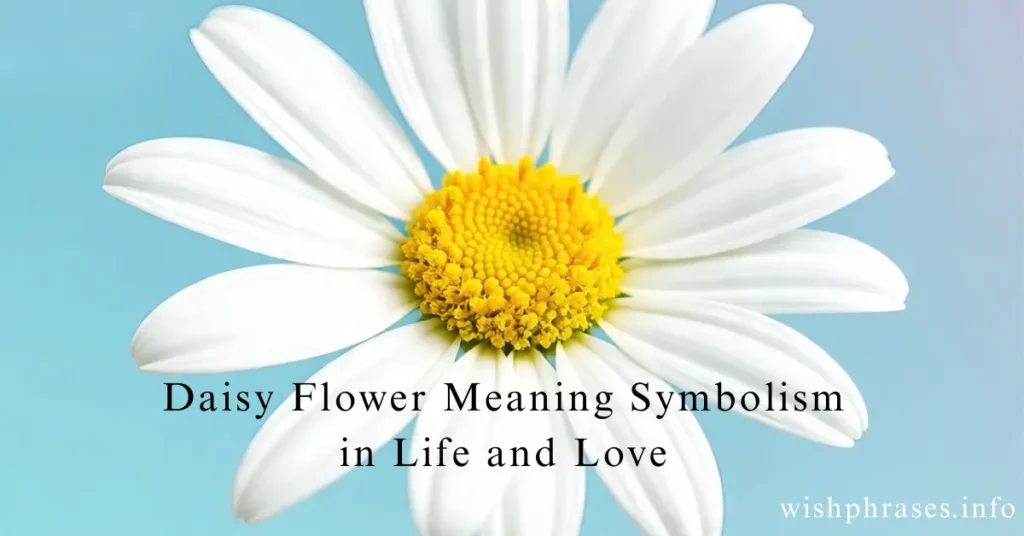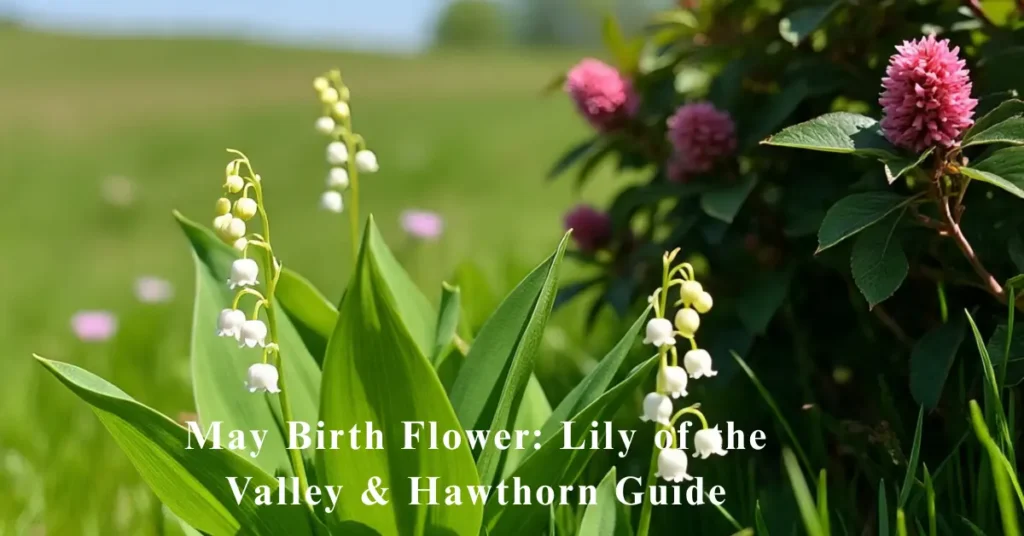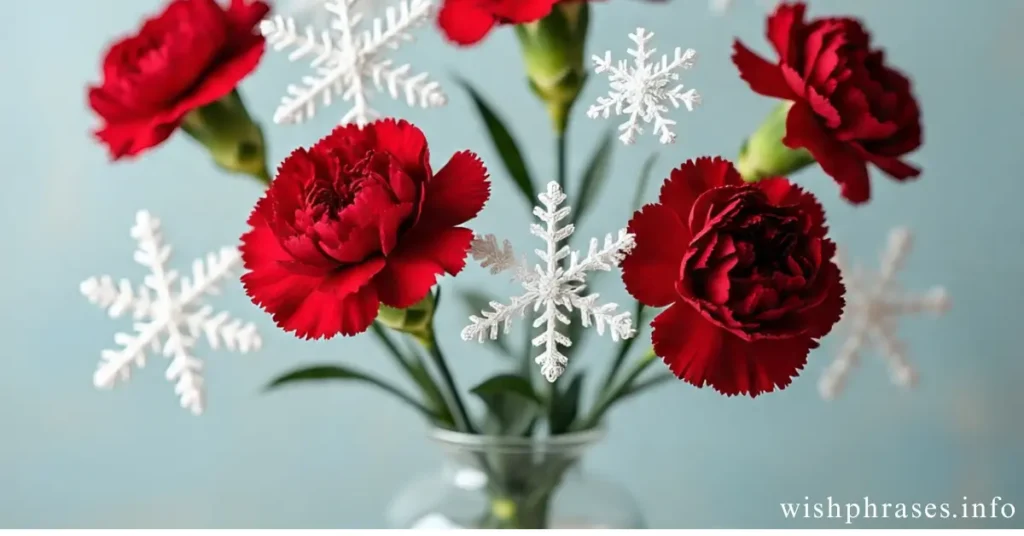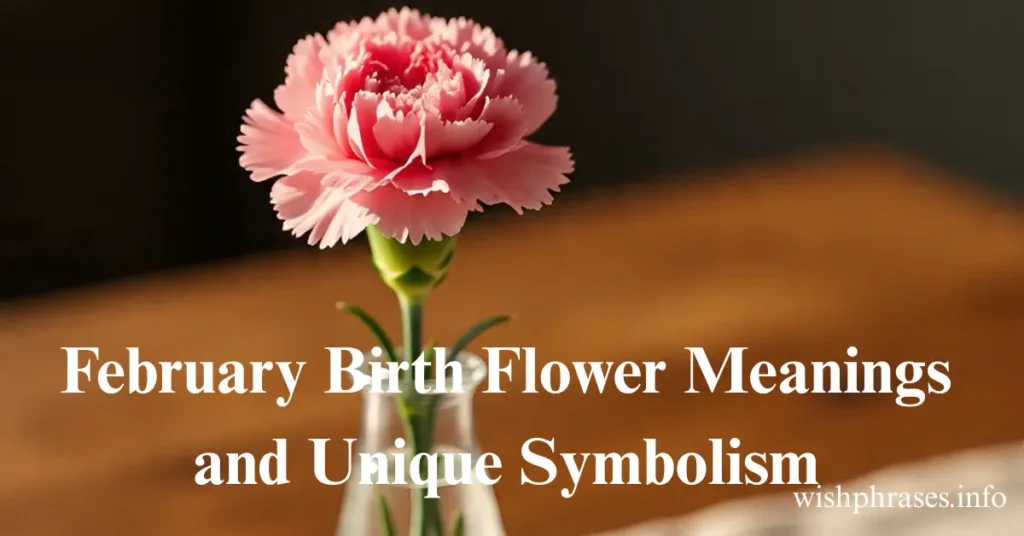When we think of April flowers, two names stand out above all others—daisy and sweet pea.
These blooms are known as the April birth flowers, and they carry beautiful stories, traditions, and meanings that have inspired people for centuries.
They are more than just blossoms; they are powerful April’s floral symbols that connect us to nature, culture, and human emotions.
If you have ever wondered what is April’s birth flower, this guide will give you an in-depth look at the April flower of the month, blending history, symbolism, and practical advice.
April Birth Flower Meaning
The birth flower of April is actually two different blossoms—the daisy and sweet pea. Each flower has a unique message.
The daisy represents innocence and purity symbols, true love, and loyalty, while the sweet pea reflects gratitude floral meaning, farewells, and blissful pleasure.
Together, these blooms symbolize the contrasts of life: beginnings and endings, innocence and passion, greetings and goodbyes.
Throughout history, the April flower meanings have been celebrated across cultures.
The daisy became a sign of hope and motherhood in Norse mythology, while the sweet pea gained fame in the Victorian flower language as a way to say “thank you” or “goodbye.”
These flowers are reminders that spring is a season of both joy and transition, making them fitting symbols for those born in April.
Aril Birth Flower Tattoo
The rising popularity of April flower tattoo designs shows just how meaningful these blossoms are in personal expression.
A daisy tattoo meaning often points to innocence, youth, and honest love. For some, it is also a symbol of motherhood and renewal.
On the other hand, a sweet pea tattoo symbolism reflects gratitude, a gentle farewell, or even the idea of treasured memories.
When people search for birth flower tattoo ideas, daisies and sweet peas provide endless inspiration.
From delicate line tattoos on the wrist to colorful floral arrangements across the shoulder, these designs capture both beauty and symbolism.
Tattoos inspired by the April birth flower have become a creative way to carry meaningful art on the skin.
For daily wit & wisdom, sign up for the Almanac newsletter.
If you enjoy learning about flowers, gardening, and seasonal traditions, a newsletter can bring this knowledge right to your inbox. Discover tips for planting, folklore, and everyday wisdom inspired by nature.
What Are the April Birth Flowers?
So, what is April’s birth flower? The answer is simple—it’s not one, but two! The daisy and sweet pea have long been honored as the April birth flowers.
They are more than just blossoms of the season. The daisy, with its sunny face, is linked with innocence and purity symbols and daisy symbolism in folklore and myths.
The sweet pea, with its fragrance and vibrant colors, carries farewell flower meaning and sweet pea symbolism that speak of gratitude and happy memories.
The Daisy
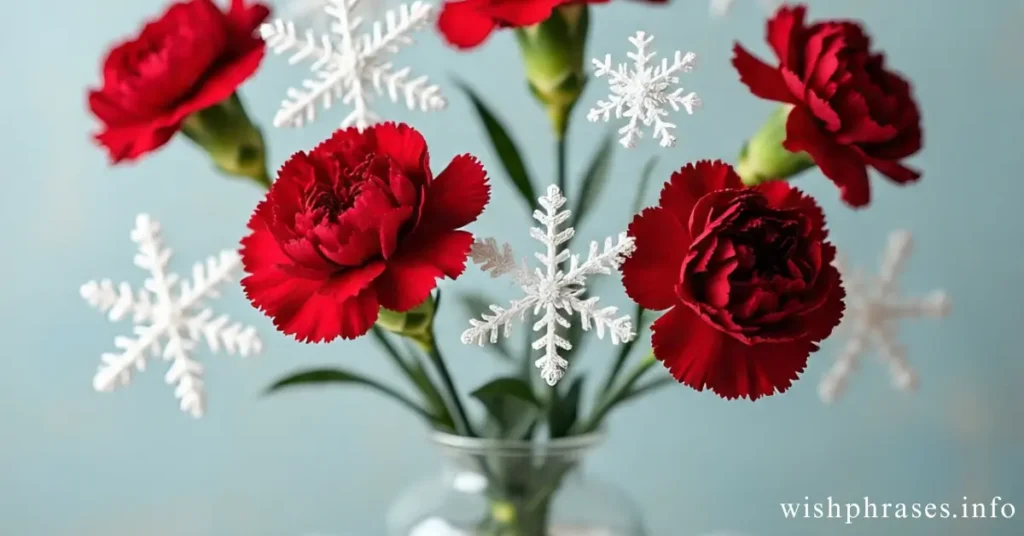
The daisy holds a strong place in the history of daisies and in daisy folklore. Its name comes from the Old English “day’s eye,” showing how the flower opens in daylight and closes at night.
The daisy has been part of the mythology of daisies since Celtic and Norse legends, and it is connected with Freyja, the goddess of love and fertility.
This explains why daisies often symbolize childbirth, motherhood, and new beginnings.
Daisy Meanings and Symbolism
The rich daisy symbolism stretches across cultures. White daisies are tied to innocence and purity symbols, yellow daisies are linked with joy and friendship, pink represents affection, and red reflects romance.
The flower has also been tied to Christian traditions, where it symbolizes the Virgin Mary’s love and faith. In daily life, phrases like “fresh as a daisy” remind us of its lively, cheerful nature.
The Daisy in History
Looking back at the history of daisies, we find that Egyptians grew them as early as 2200 BC for medicinal uses.
Teas made from daisies helped with coughs and inflammation, and even King Henry VIII reportedly used daisies for stomach ulcers.
The flower became popular in Europe, where daisy folklore spoke of its power to heal and bring joy.
Daisies in the Garden
Anyone who wants to grow daisies can find joy in planting them. They thrive in both meadows and gardens.
With proper daisy gardening tips, you can enjoy varieties such as Shasta, Gerbera, English, and Oxeye daisies.
A daisy care guide suggests planting them after the frost and ensuring plenty of sunlight.
When you learn how to grow daisies, you see why they have become favorites in gardens around the world.
The Sweet Pea
The sweet pea’s history begins in the Mediterranean, where Francis Cupani discovered it in the 1600s. This discovery spread the flower through Europe, with botanists and gardeners cultivating new varieties.
By the 1800s, Henry Eckford developed hybrids that made sweet peas even more colorful and beautiful, cementing their place in gardens.
Also Visit: Daisy Flower Meaning Symbolism in Life and Love
Sweet Pea Meanings and Symbolism
The sweet pea symbolism is connected to thankfulness, farewells, and blissful pleasure.
In France, it became a traditional wedding flower, believed to bring good luck. In the Victorian flower language, sweet peas were often given as a polite way to say goodbye after a visit.
Because of its fragrance and elegance, the flower has long been viewed as a messenger of happiness and respect.
Sweet Peas in History
When we study the sweet pea’s history, we see its role in spreading joy and fragrance across Europe.
It became the “Queen of Annuals” among English gardeners, prized for its scent and climbing beauty. In folklore, the flower was sometimes believed to carry magical properties or reveal truth.
Sweet Peas in the Garden
Anyone eager to plant sweet peas should know they grow best in sunny spots with rich soil. Sweet pea cultivation requires a trellis or fence since these flowers love to climb.
When you learn how to grow sweet peas, you’ll discover they bloom in spring and early summer but don’t thrive in extreme heat. With care, their colors and fragrance can transform your garden into a fragrant paradise.
January Birth Flower
The January birth flower is the Carnation, and sometimes the Snowdrop is also associated with this month.
Carnations are known for their ruffled petals and vibrant colors, while snowdrops are delicate white flowers that bloom in the coldest months. Both symbolize resilience and hope in the face of winter.
Carnations carry different meanings based on their colors. Red carnations symbolize admiration and deep love, while pink carnations represent gratitude and affection.
White carnations are seen as symbols of purity and luck. The snowdrop, on the other hand, is one of the first flowers to bloom after winter, symbolizing new beginnings and optimism.
In history, carnations were highly valued in ancient Greece and Rome for garlands and crowns. Snowdrops have appeared in folklore as a sign of hope during the darkest days.
For gardeners, both carnations and snowdrops are relatively easy to grow, with carnations thriving in sunlight and well-drained soil, and snowdrops preferring cooler, shaded areas.
March Birth Flower
The March birth flower is the cheerful Daffodil, one of the first signs of spring. Its bright yellow blooms are associated with rebirth, renewal, and fresh starts, making it a perfect flower for those born in early spring.
In symbolism, daffodils represent joy, happiness, and new opportunities. A single daffodil can symbolize misfortune, but a bunch of them brings cheer and positive energy.
In Wales, the daffodil is a national emblem and is worn on St. David’s Day to celebrate Welsh heritage.
Daffodils also play a role in literature and art. The famous poet William Wordsworth wrote “I Wandered Lonely as a Cloud,” inspired by a field of daffodils, which reflects their beauty and inspiration.
Growing daffodils is simple, as they thrive in well-drained soil and need planting in the fall to bloom in spring.
They are also long-lasting cut flowers, making them popular in floral arrangements. Their sunny presence brightens gardens, symbolizing that spring has finally arrived.
May Birth Flower
The May birth flower is the delicate Lily of the Valley, a fragrant white flower with tiny bell-shaped blooms. It is a symbol of sweetness, humility, and happiness.
Its elegant beauty has made it a popular choice in bridal bouquets and royal weddings, including Kate Middleton’s.
In symbolism, the Lily of the Valley represents the return of happiness and purity of heart.
According to Christian tradition, it is often associated with the Virgin Mary and is sometimes referred to as “Our Lady’s Tears.” In folklore, it is believed to ward off evil spirits from gardens.
Historically, the flower has been valued for its fragrance and used in perfumes for centuries. In France, May 1st is celebrated by giving Lily of the Valley as a token of good luck and happiness.
Growing Lily of the Valley requires partial shade and moist, rich soil. Although beautiful, it spreads quickly and can take over a garden, so careful planting is needed. For those born in May, this flower reflects grace, sweetness, and strong emotional connections.
June Birth Flower
The June birth flower is the Rose, perhaps the most famous and loved flower in the world.
Roses are known as timeless symbols of love, beauty, and passion. Each color of the rose carries a unique meaning, making them versatile in expression.
Red roses symbolize deep love and romance, while white roses represent innocence and purity.
Yellow roses are linked to friendship and joy, while pink roses stand for admiration and gratitude.
Roses have a long history, with their origins tracing back to ancient Persia, Greece, and Rome.
They were often associated with goddesses of love like Aphrodite and Venus. In the Victorian era, roses played a central role in the language of flowers, where messages were conveyed through floral arrangements.
Gardeners love roses because they come in many varieties, from climbing roses to miniature ones.
They require sunlight, regular watering, and pruning to thrive. Roses are also used in perfumes, essential oils, and beauty products.
For those born in June, the rose symbolizes elegance, passion, and deep connections with loved ones.
August Birth Flower
The August birth flower is the Gladiolus, known for its tall spikes of colorful blooms. Sometimes the Poppy is also considered an August birth flower, adding even more meaning to this summer month.
The Gladiolus is associated with strength, moral integrity, and remembrance. Its name comes from the Latin word “gladius,” meaning sword, reflecting its sword-shaped leaves.
The flower represents determination and honor, making it a fitting symbol for strong personalities born in August.
The Poppy, on the other hand, has different meanings across cultures. Red poppies are linked to remembrance, especially for soldiers who died in wars, while other colors symbolize peace, imagination, and eternal sleep.
Historically, gladiolus flowers were used in Roman times to honor gladiators, while poppies were connected with mythology and medicinal uses.
In gardening, gladiolus bulbs are planted in spring for late-summer blooms, while poppies are hardy and thrive in sunny, open fields.
For August-born individuals, these flowers symbolize strength, remembrance, and creativity, showing the balance between determination and imagination.
July Birth Flower
The July birth flower includes Larkspur and Water Lily. Both symbolize positivity, love, and purity. While different from April’s blooms, they share the theme of renewal and joy. This connection enriches birth flower comparisons across months.
September Birth Flower
The September birth flower is the Aster and Morning Glory. These flowers symbolize wisdom, faith, and love. They contrast with April’s flowers but still reflect the deep flower language symbolism of different times of year.
October Birth Flower
The October birth flower includes Marigold and Cosmos. Known for their bright autumn hues, they represent creativity, warmth, and peace. They stand apart from the April birth flowers, yet both highlight seasonal transitions in life.
December Birth Flower
The December birth flower is Narcissus and Holly. These symbolize hope, rebirth, and celebration. In other birth flowers months, December marks winter with a spirit of strength, while April blooms like daisies and sweet peas highlight new life in spring.
Comparison of April Birth Flowers
| Flower | Symbolism | Cultural Roots | Colors & Meanings |
| Daisy | innocence and purity symbols, true love | mythology of daisies, Celtic, Norse, Roman, Christian | White = purity, Yellow = friendship, Pink = affection, Red = love |
| Sweet Pea | gratitude floral meaning, farewell flower meaning, blissful pleasure | sweet pea history, Victorian traditions, French weddings | Multicolored blooms = joy, kindness, respect |
Final Words
The April birth flowers, daisy and sweet pea, reflect the heart of spring itself. With their blend of innocence and purity symbols, farewell flower meaning, and gratitude floral meaning, they stand as timeless April’s floral symbols.
Whether you grow them in a garden, give them as birth flower gifts, or carry them in April flower tattoo designs, they remind us of renewal, beauty, and heartfelt connections.
When compared with the July birth flower, September birth flower, October birth flower, and December birth flower, daisies and sweet peas show us how every season has its own story to tell.

I specialize in On-Page SEO, optimizing websites with keyword-rich content, technical fixes, and smart strategies that boost rankings, improve user experience, and drive organic growth.

